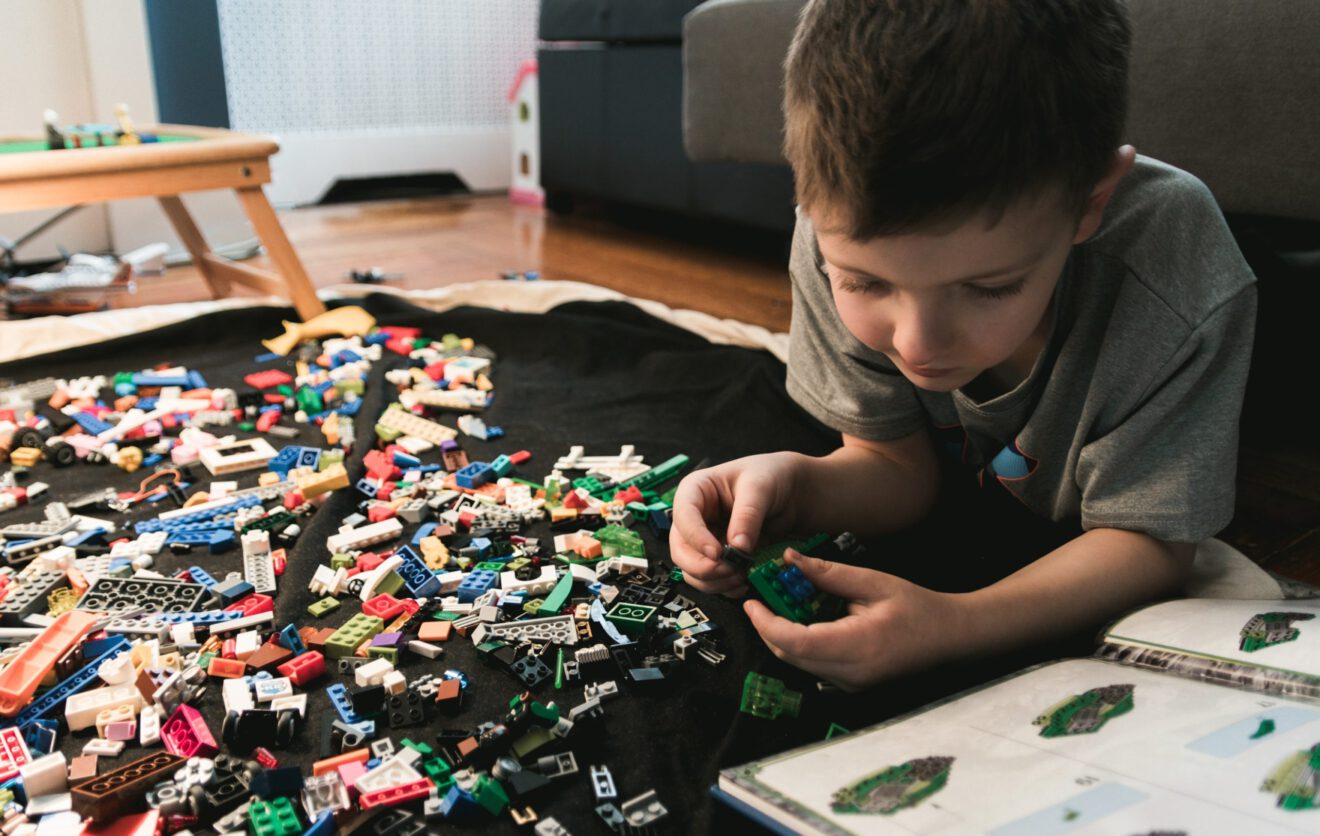Like many school subjects, STEM is often taught in a silo. In traditional education models, students are required to take basic science, technology, engineering and math courses to meet graduation requirements. These classes are typically taught by the book, lacking the creativity and real-world applications that are necessary to get children interested in these important topics. Some schools may not introduce STEM as an interconnected whole at all.
Students in early grades often are at more of a disadvantage. Only 17% of K-3 classrooms study science “all or most days of the week.” A deeper dive into these subjects is typically only offered to older students who want to pursue a career in these fields, leaving many students who may be gifted in these areas behind.
As our world becomes increasingly reliant on technology to live and work, it is crucial that every student — no matter their background, race, gender, interests or desired career path — is introduced to STEM and that it is taught in a compelling and applicable way. To ensure all students receive a base understanding of STEM, we must redefine our approach to teaching it.
Introduce STEM to even youngest students
Research shows that 82% of STEM professionals became interested in the field prior to high school. So, it’s crucial that all students, no matter their interests or talents, are introduced to STEM when their minds are most impressionable to promote long-term academic success. After all, STEM isn’t limited to gaining technical skills. Rather, learning core STEM principles early on encourages a different way of thinking and a problem-solving approach that can be applied across disciplines for years to come.
Because of its interconnectedness with other fields of study, it’s also important that we introduce STEM concepts into the wider curriculum in courses such as history, literature, language and the arts. For instance, while humanities and STEM may not seem inherently connected, they are. As our society becomes more tech-advanced, utilizing robotics and artificial intelligence to automate certain functions, it’s critical to examine the impact these advances might have on society — and that’s where humanities come in. Scientists, historians, philosophers, coders and others should all be at the table when developing and implementing new innovations.
At Institut auf dem Rosenberg, we are addressing this through our new Humanix→ program and qualification, which is designed to train students’ cognitive capacities through the study of human connectives and to prepare them to master future challenges in coexistence with intelligent machines.
Incorporate experiential, hands-on learning
STEM must also be taught in a way that engages students beyond the textbook. They need to experience science first and foremost. While most educators opt to teach the theory of physics first, before entering a lab, I believe it should be the other way around. Students — especially young ones — should be participating in project-based, experiential learning activities first. Games and real-life challenges can show them how the science works. Instead of providing a student with a robot and an instruction manual that tells them how to operate it, why not let the students take a trial-and-error approach until they figure it out? That is the type of critical thinking we should be imparting to our youths.
Strategic partnerships can enhance STEM programs
There is a misconception that it takes a large budget to build an innovative STEM curriculum, but that is far from the case. One way to bring cutting-edge resources to the classroom is by working with companies and organizations that develop STEM advances in real life. There is no better way to learn than through real-life scenarios taught by professionals in the field.
At Rosenberg, we have partnered with companies such as ETH Zurich, Boston Dynamics and ABB to bring unique, educational experiences to life on campus — ones that challenge our students with real-world situations and encourage them to find truly creative and innovative solutions.
An example of this is the space habitat we are building in collaboration with SAGA Space Architects. It will be the world’s tallest 3D-printed structure and serve as a research lab for data science and robotics. Our students — some as young as 7 — have been instrumental in bringing this habitat to life, working with professional scientists from ideation to execution.
By making these simple, yet radical, changes to the way we approach STEM education, we can better equip our students to become responsible leaders of the 21st century across all industries.
Anita Gademann is the director and head of innovation for Swiss boarding school Institut Auf Dem Rosenberg.
_______________________________
Subscribe to SmartBrief’s FREE email newsletter to see the latest hot topics on EdTech. It’s among SmartBrief’s more than 250 industry-focused newsletters.
